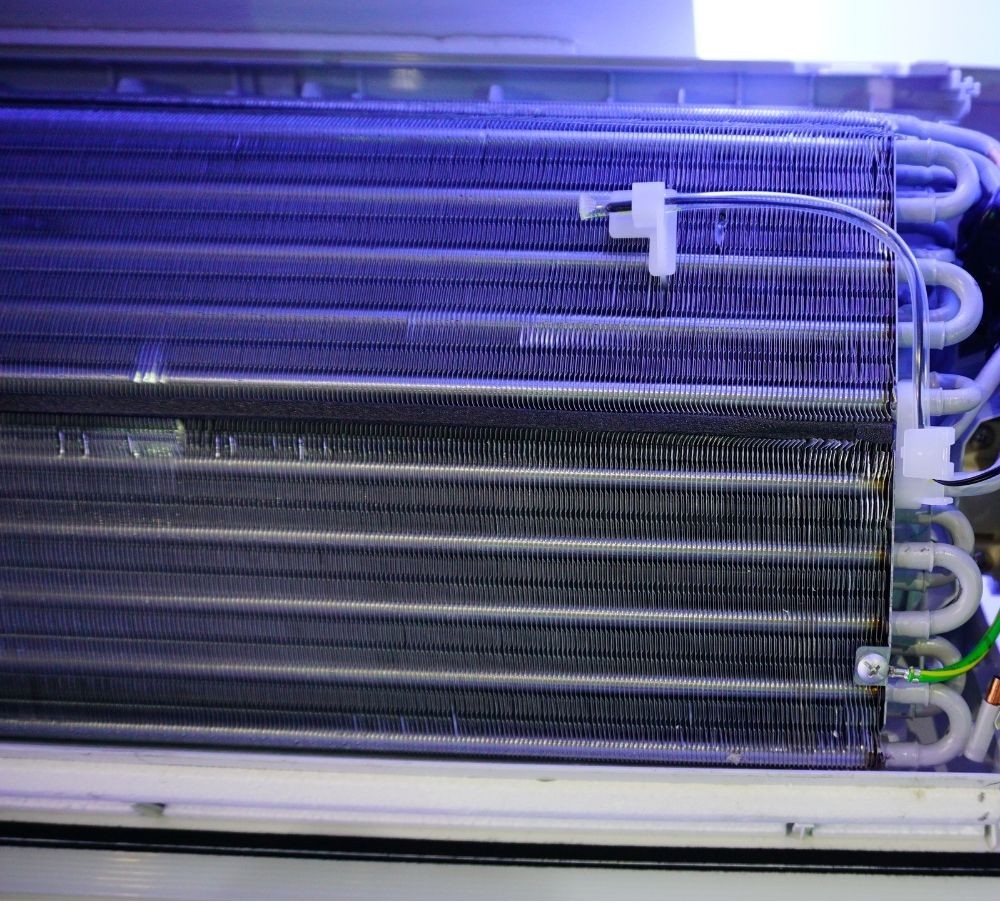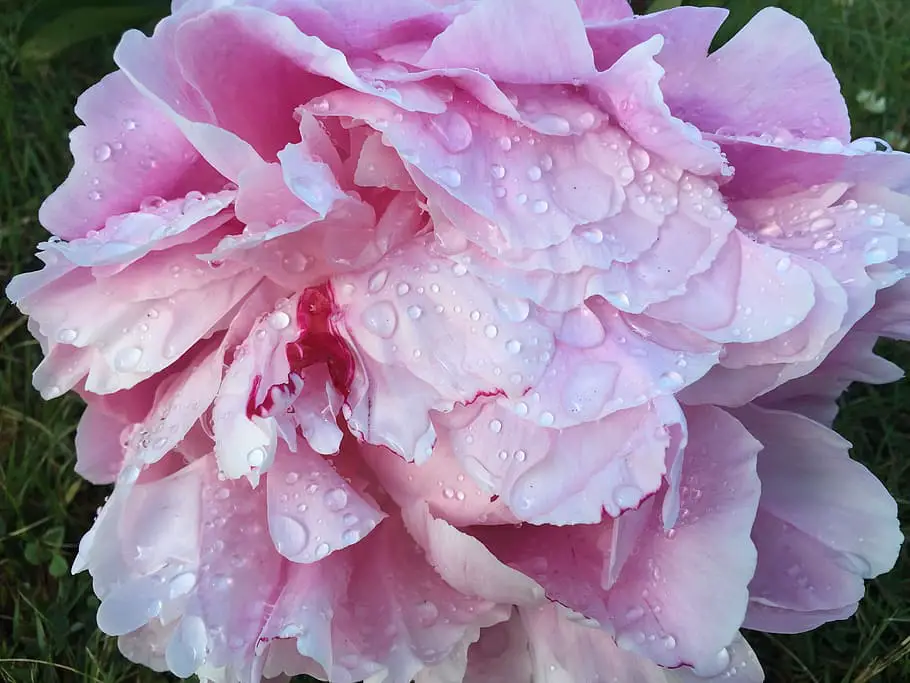Air quality in the home or workplace can be impacted in many different ways.
Air pollution, humidity, as well as dry conditions all have an effect on the way people function and the quality of their health and life.
The market to improve and combat indoor air conditions is vast.
Products range from air purifiers, humidifiers, dehumidifiers, air conditioning, heating, diffusers, etc.
With so many type of products, it is hard to know what is what and what does what.
This article is about air purification and dehumidification and how they relate to each other.
And what type of products are suited for their different needs.
Air purifier vs. Dehumidifier
what is the difference between an air purifier and a dehumidifier?
An air purifier is a device that removes pollution from the air.
A dehumidifier is a device that removes humidity from the air.
Simple enough. But there are times when these two arenas lap over and cross into each others worlds.
For instance, excessive humidity is known to facilitate the growth of dust mites.
By using a dehumidifier to reduce the humidity in the air you can effectively reduce the population of dust mites in your house also.
Let me further explain. Humidity is one of the main places that dust mites get their nourishment.
When the humidity is high, dust mites have a larger source of food available to them. A larger food source equals a larger population.
Mold and mold spores are another example. Moisture is one of the main ingredients in the production and growth of mold.
By reducing the amount of humidity through the means of a dehumidifier you can reduce the amount of mold and the eventual production of mold spores in your air.
Humidity droplets are also known to behave like a container that is able to house indoor air pollutants and carry them further into the airstream.
Consider that fact.
That means that when you’re having trouble breathing because the humidity is high, it is not only because of the excessive water content is making the air dense,
It’s also that you are breathing the pollution that is contained in the humidity.
Once again, a dehumidifier can reduce indoor air pollution by reducing its capacity to travel through the home or office.
 ?
?
Yes in many ways a dehumidifier will help reduce a number of indoor allergens, namely dust mites and mold spores.
But unfortunately indoor air pollution is comprised of much more than mites and spores.
For other air quality problems like pollen, dander, and VOCs,
dehumidifiers will do little to nothing.
Not to mention that humidity is more of a seasonal problem but indoor air pollution continues every day all year.
Can you use an air purifier with a dehumidifier at the same time?
The same time? Not too well.
The sequence should be more like running the dehumidifier first and then running the air purifier afterwards.
The reason is excessive moisture in the air can reduce airflow through the dense HEPA filter that your air purifier uses. Less ability to filter.
Also it is a known fact that carbon filters do not fare well with humidity at all.
You may have seen dehumidifiers with carbon filters.
That’s an unusual combination.
The same logic is applicable here though too. If you run your dehumidifier first and get the relative humidity to a good spot, then the carbon filter feature will work just fine.
But if you get the cart before the horse, the excessive humidity in the room will flatout make the carbon filter useless till it dries out.
Dehumidifier with ionizer?
What does the ionizer button on a dehumidifier do?
Ionizer button on a dehumidifier controls the ionizing function of the humidifier.
Ionizers are not a typical feature on a dehumidifier. A dehumidifier with ionizer would be considered a combination air cleaning / dehumidification device.
Ionizers clear the air by creating either negative ions or both positive and negative ions and omitting them into the air.
Negative ions attach themselves to positive ions, which would be considered the pollutants in the air, including the pollutants housed in the humidity droplets.
The result is they become too heavy to float and they fall to the surface or stick to the nearest wall.
Ionizers that emit both positive and negative ions have a instant polarization that traps any air pollution that gets in the way.
One benefit in using ionizers with dehumidifiers instead of the typical filtering air purifier, is that there is no filters involved to be impacted by the moisture in the air nor does the humidity have any real effect on the capacity of the ions to work.
The down side?
Do dehumidifiers create ozone?
Dehumidifiers do not create ozone unless it is a combination dehumidifier with an ionizer.
Ionizers do create small amounts of ozone and depending on the square footage versus the size of the ionizer, ozone can become a problem because it is a lung irritant.
Most people do not want to be in the same room with a dehumidifier when it is working because of the amount of heat it puts out.
And since ozone dissipates fairly quickly, the small amount of ozone that the ionizer generates should not have much effect on persons because of the likelihood of the room being uninhabited in the first place.
Should you buy a dehumidifier and air purifier combo?
My opinion is no. You can much more use out of a air purifier then you can a dehumidifier simply because a dehumidifier is a seasonal device were as an air purifier is useful every day of the week, month, and year.
Also you don’t want to haul around a dehumidifier every time you want to put the air purifier somewhere different.
Summary.
Dehumidifiers can work with an air purifier and even work as an air purifier in many situations.
because excessive humidity can be a catalyst for air pollutants like dust mites and mold spores as well as house vocs,
By eliminating the high amount of humidity in the room you can eliminate the source of air quality problems at the same time.
but that does not mean that you have eliminated your need for an air purifier all together.
That’s because indoor air pollution is comprised of more than dust mites and mold spores.
Other air pollutants like pollen and dander will require a filter to capture them.
Some dehumidifiers come combined with an ionizer.
ionizers clean the air by making the particles in the air to heavy the float so that they fall out of the ambient air that you breathe.
Ionizers also do not require filters.
so they do not have any other problems that pleated filters can have with increased relative humidity.
Most people argue that ionizers create ozone and ozone is unacceptable.
But ozone in an unoccupied area is an excellent way to reduce airborne pollutants.
and since there’s not too many people who want to stay in the same room with a dehumidifier while it is running,
the combination of a dehumidifier and an ionizer makes a lot more sense then a lot of the combination air quality machines on the market.






